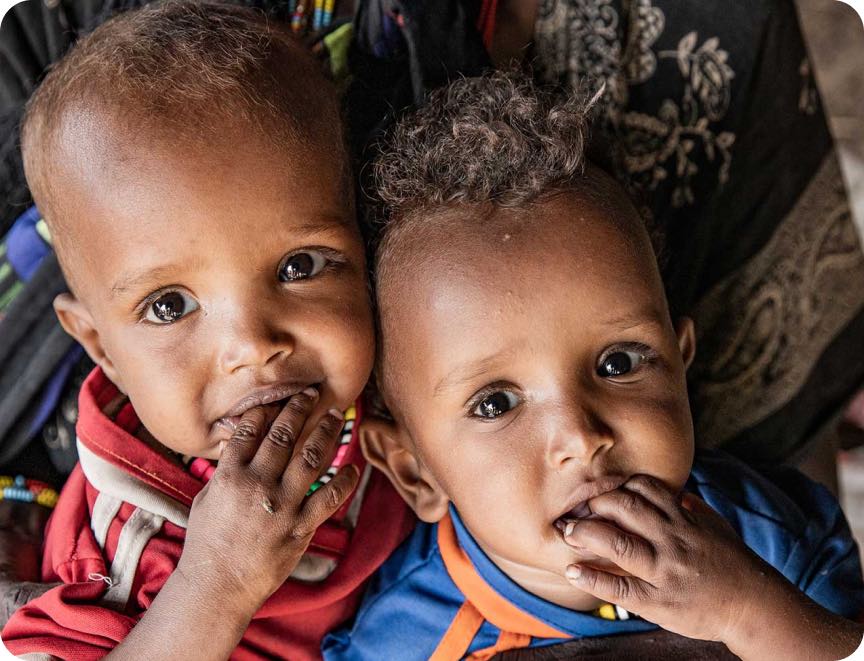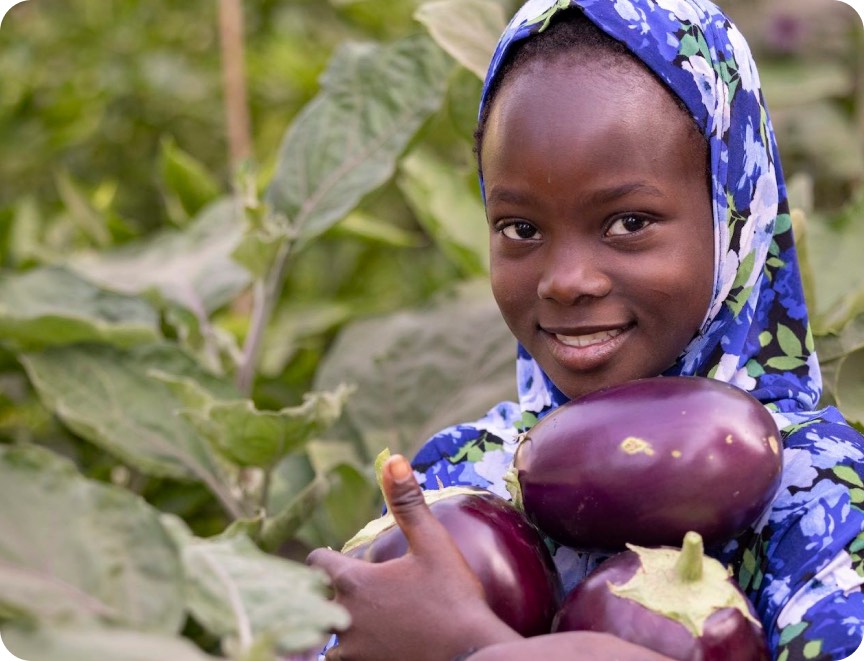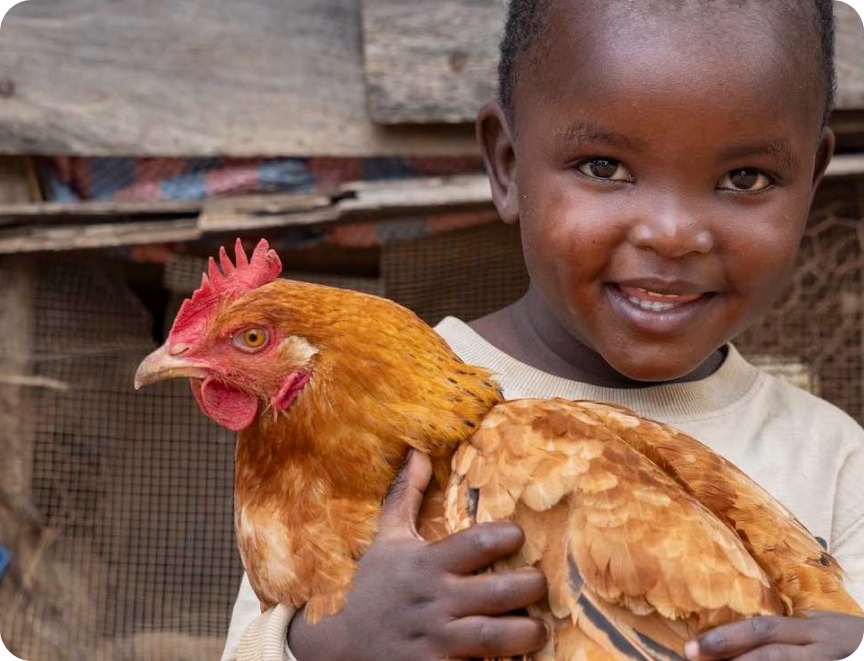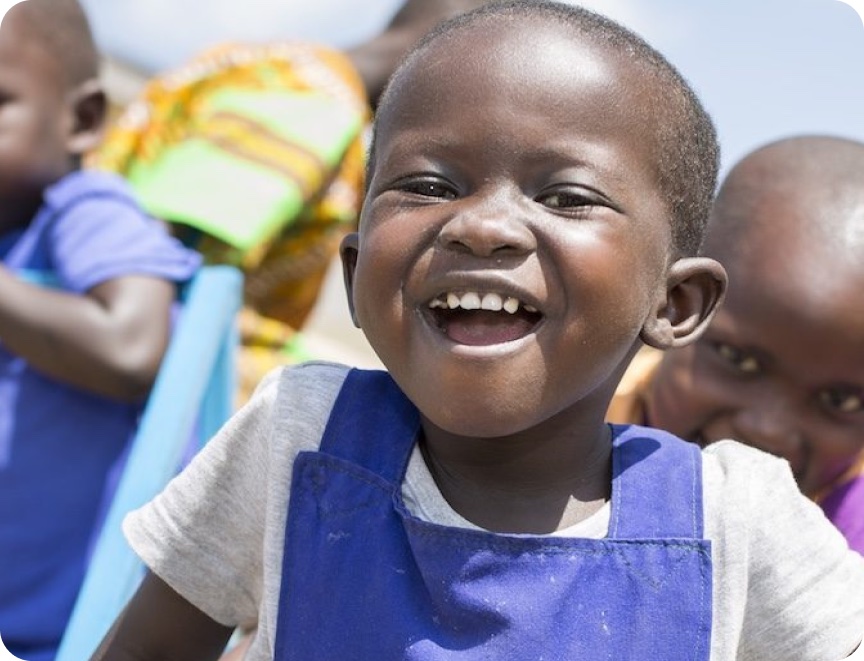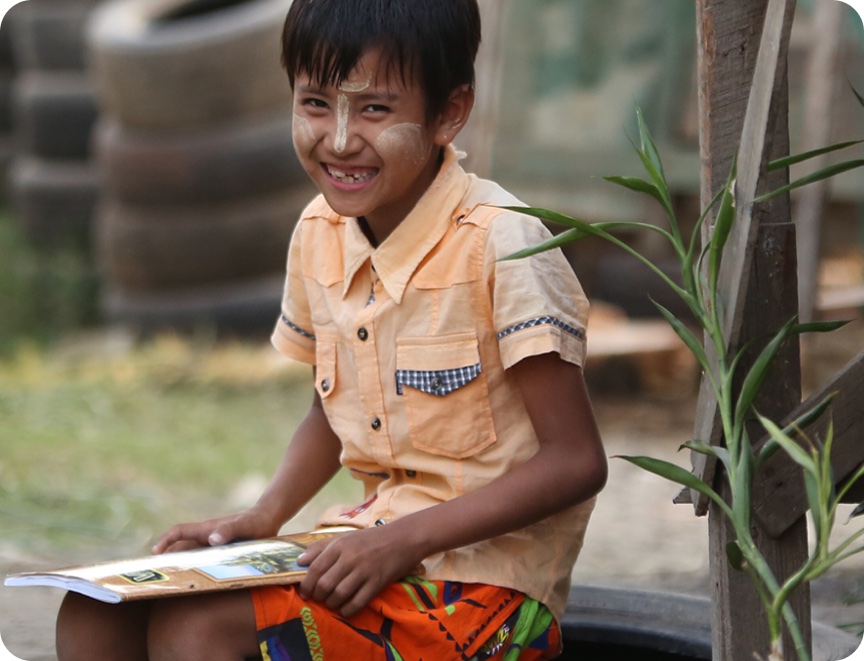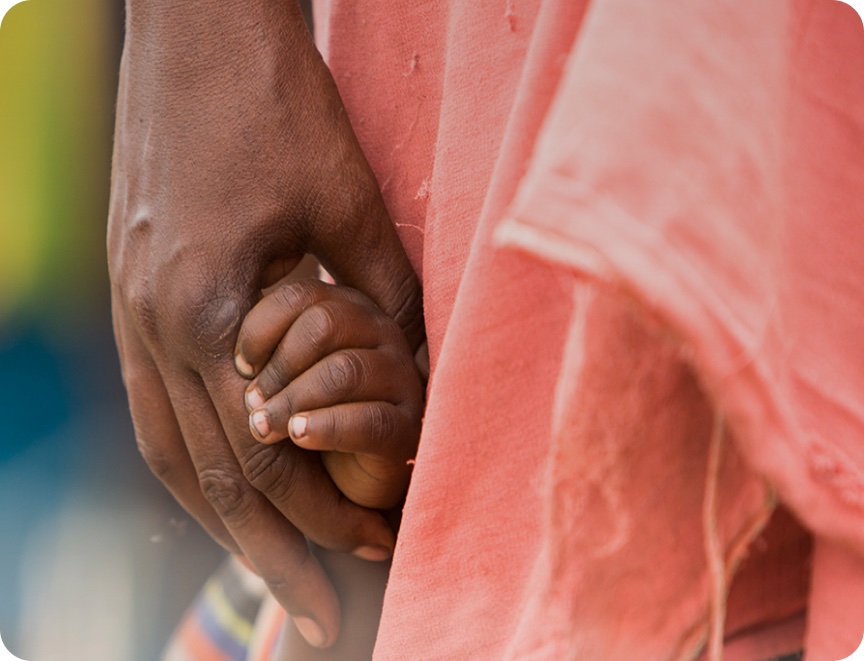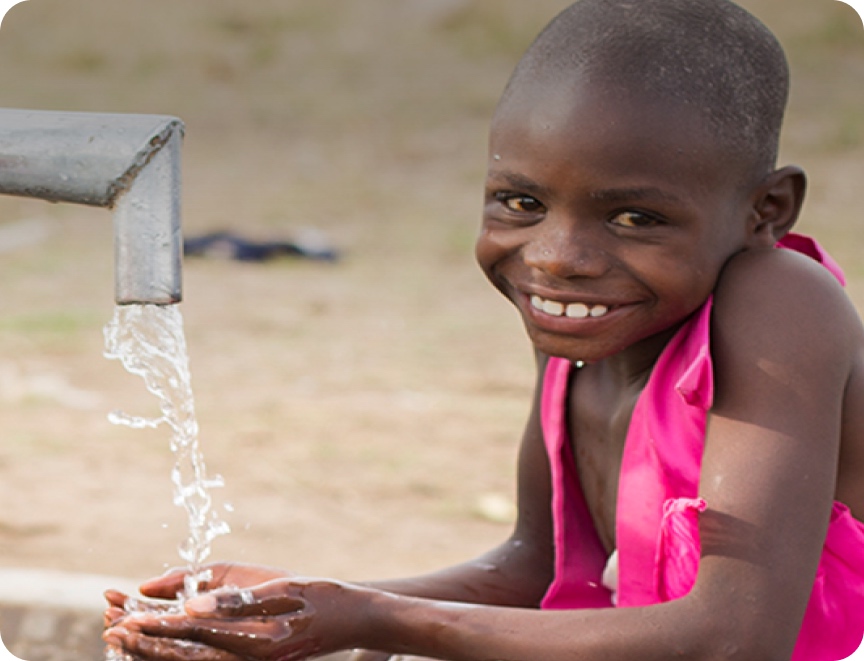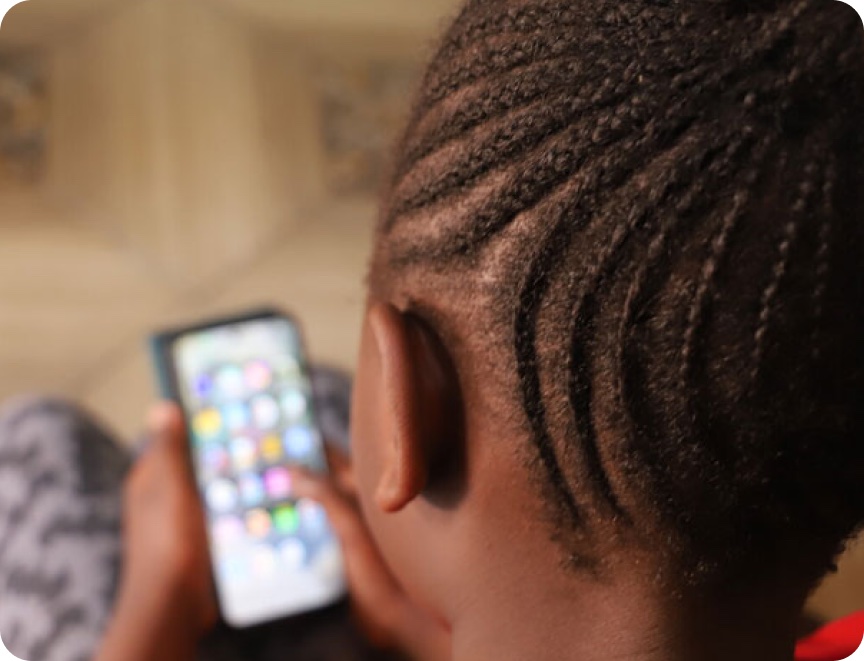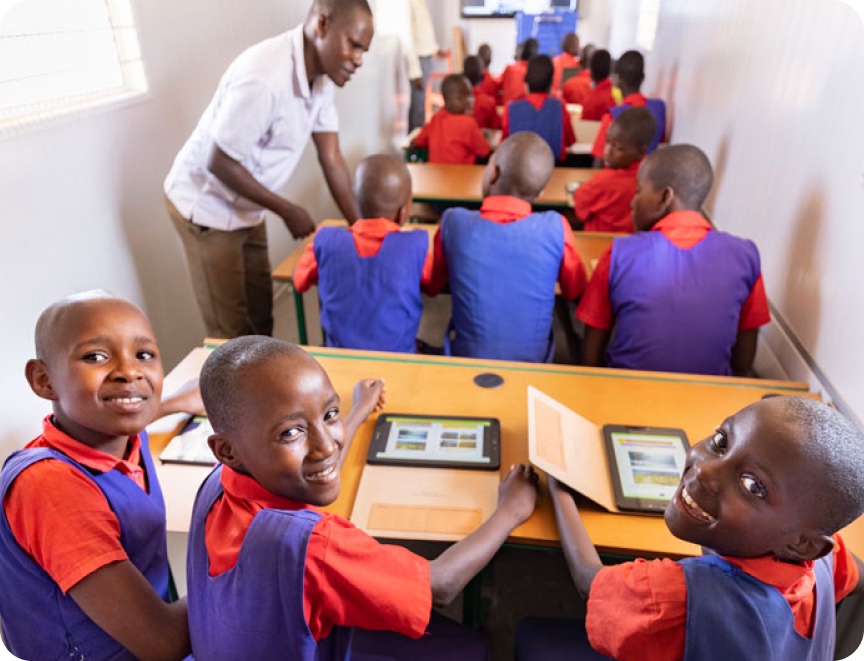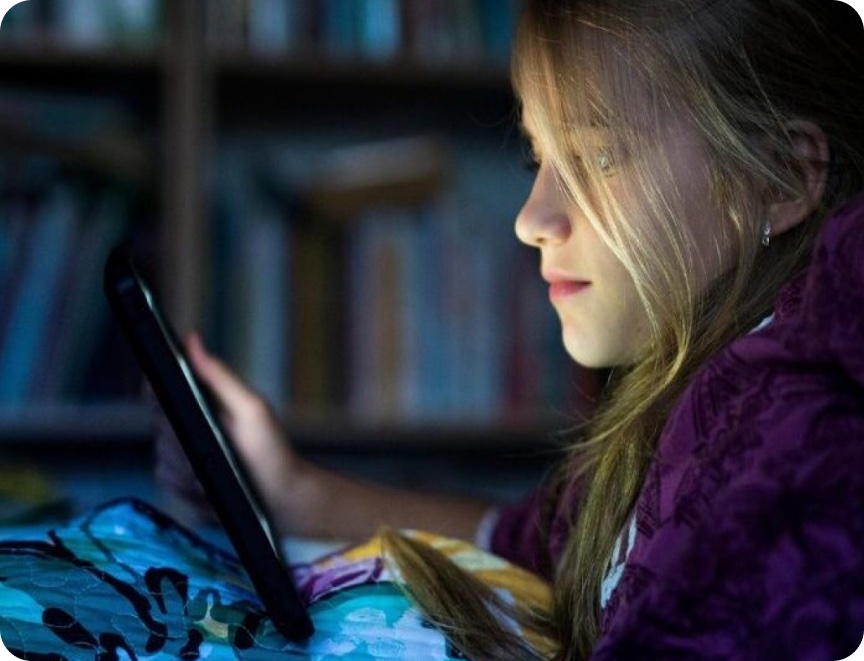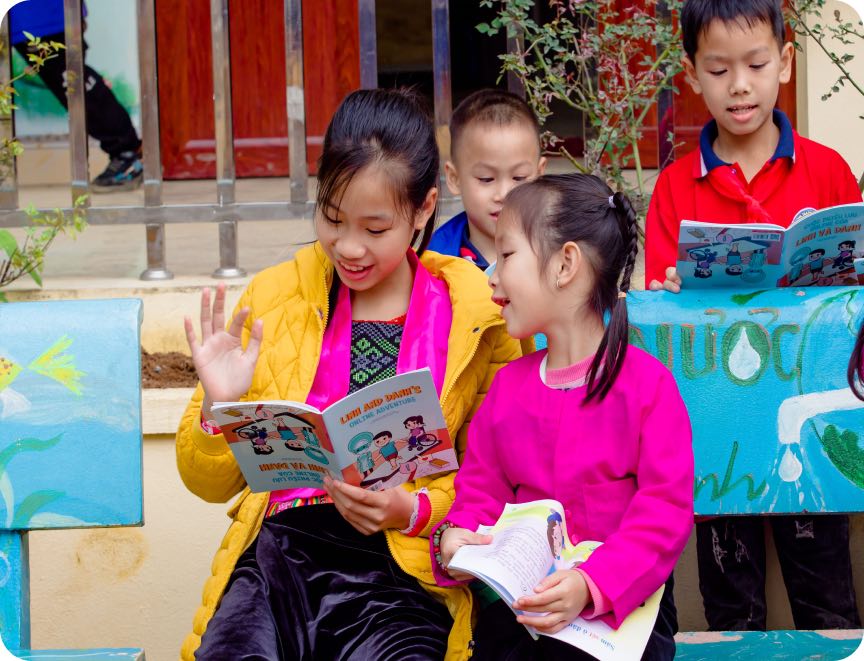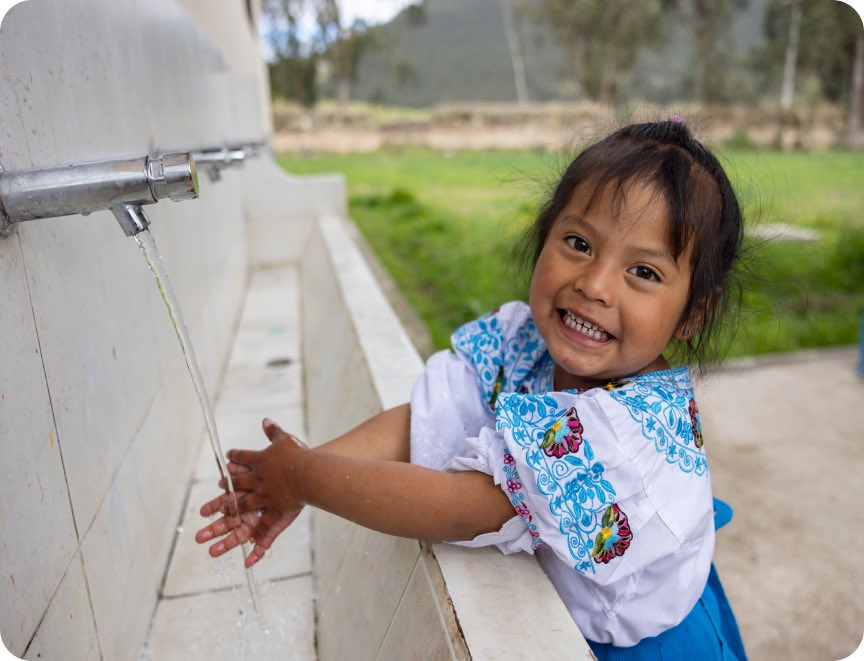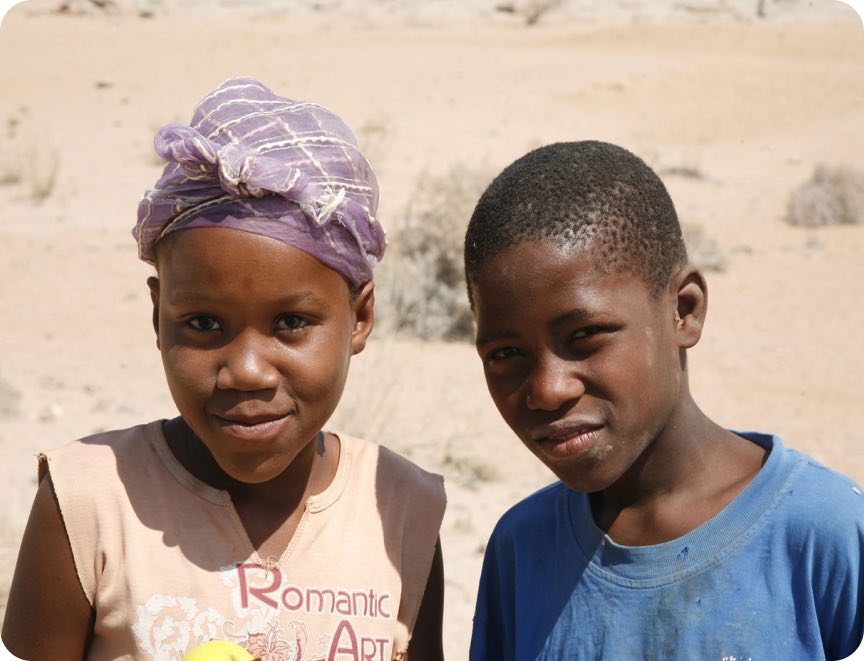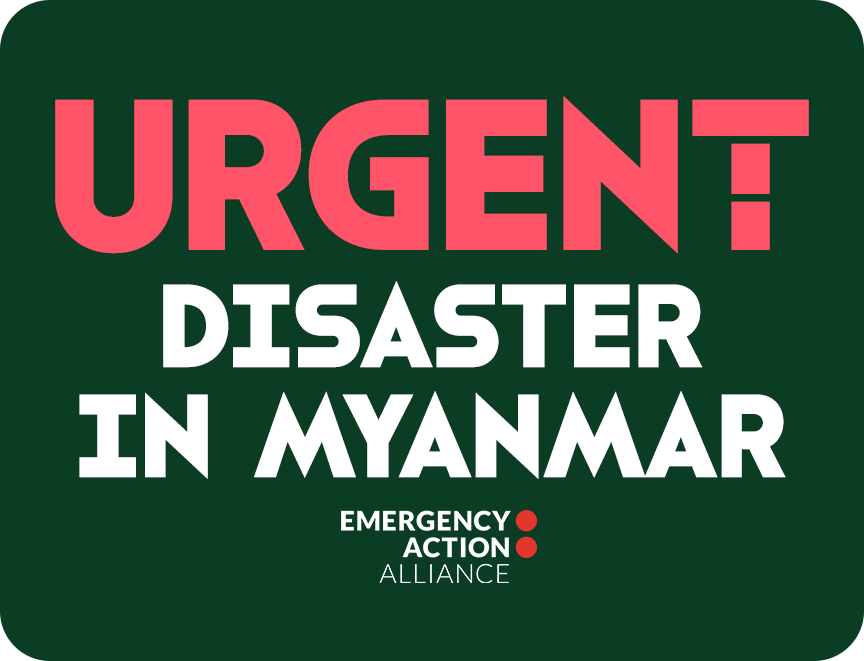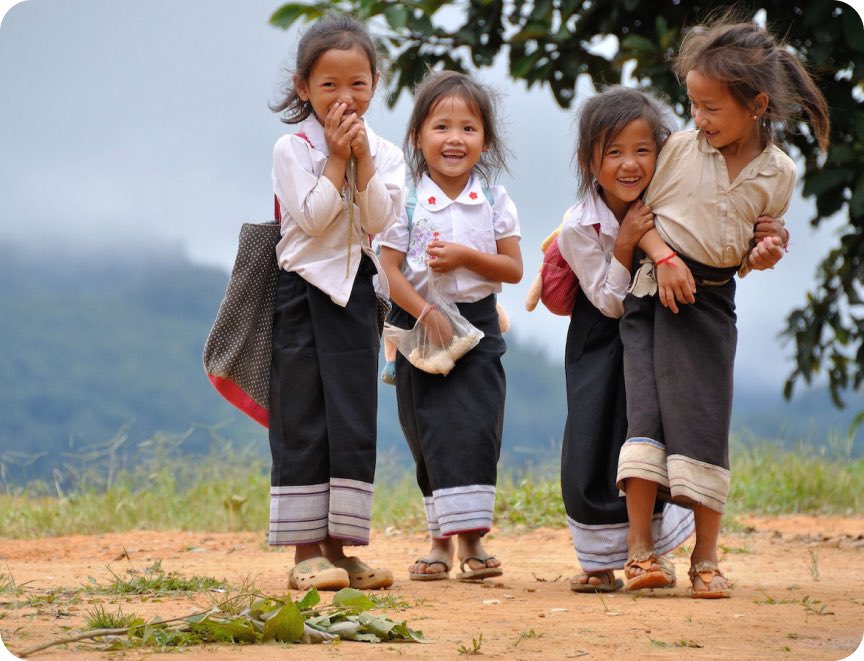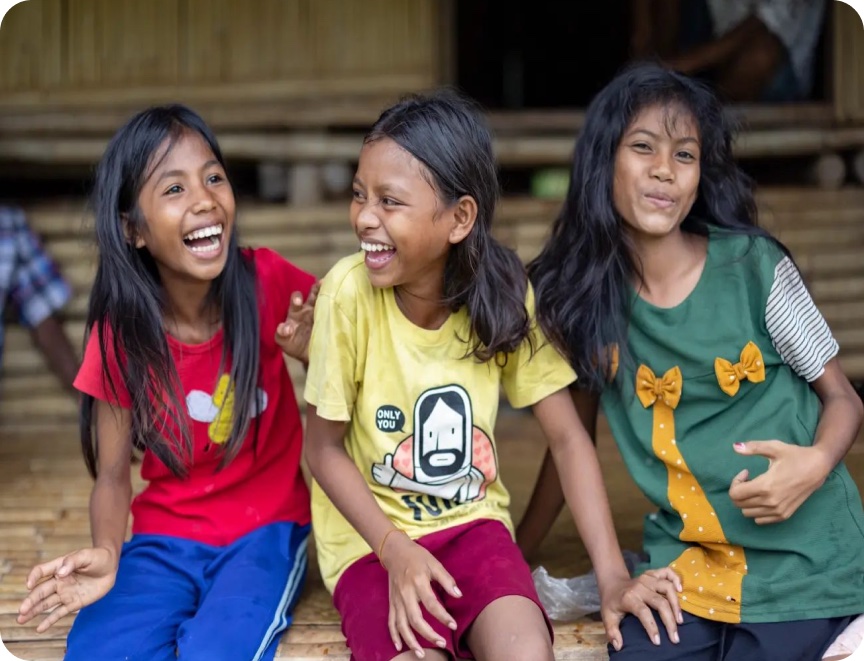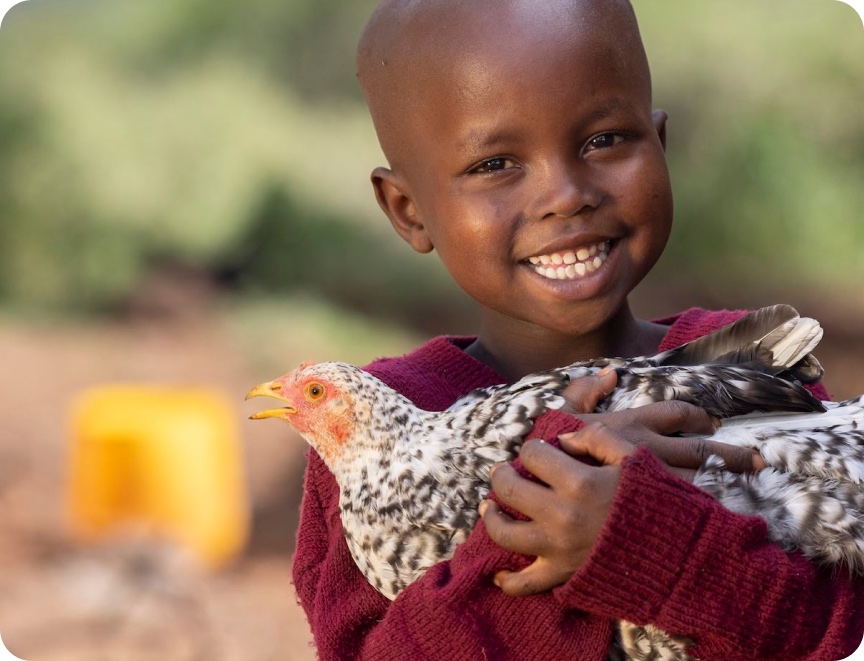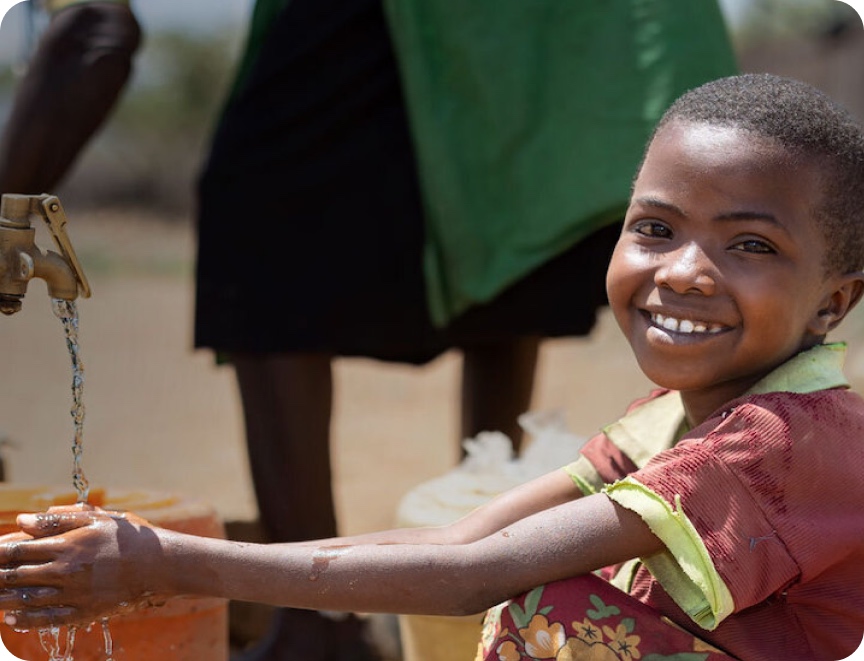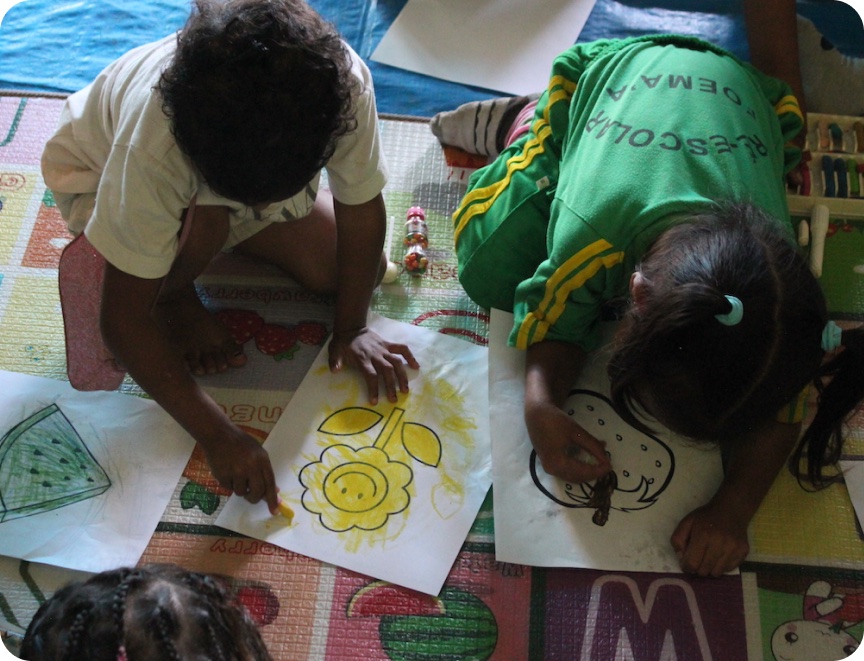Today, 1 in 2 children and more than 1 in 3 women live in countries where they experience some form of exclusion. Without drastic change, it will take 182 years to achieve a level of adequate inclusion for them.
(Sydney, Australia). An annual report published by ChildFund member WeWorld finds a world that is still profoundly unequal, where 1 in 2 children and more than 1 in 3 women live in countries where they experience different forms of exclusion. Such low levels of inclusion—from an economic, social and fundamental rights point of view are among the main findings of WeWorld Index 2022 – Women and Children Breaking Barriers to Build the Future.
WeWorld has been defending the rights of women and children in 27 countries, including Italy, for the past 50 years, and has been publishing the Index since 2015. This year’s report, measuring the level of inclusion of women and children in nearly 170 countries, is now a flagship product of ChildFund Alliance: a global network of 11 child-focused development and humanitarian organizations working to create opportunities for children and youth, their families and their communities.
Inclusion affects multiple spheres of life: from access to education, health services, and living in safe places, to equal rights in social participation—from access to public services to the ability to fully and freely express one’s personality. The annual Index identifies four building blocks for asserting and exercising the rights of women and children—health, education, the economy, and society. All are inextricably linked to the United Nations 2030 Sustainable Development Agenda—a collection of 17 interlinked global goals designed to be a blueprint for achieving a better and more sustainable future for all.
The Index includes all countries with a population of more than 200,000 with available data. It groups together 30 indicators related to the building blocks that are essential for the implementation of women’s and children’s rights.
Regrettably, as this year’s report highlights, the world is not on target to achieve the Sustainable Development Goals, and progress toward improving the lives of the world’s most vulnerable groups of people has slowed. In seven years’ time, the world has improved by only 1.5 points on the WeWorld Index. This means, at this rate, it would take 182 years to achieve a level of adequate inclusion for women and children globally.
Knowing this, the Index 2022 focuses specifically on five (5) main barriers that hinder children and young people’s future—poverty, conflict, forced migration, climate change, and online risks. The report delves into the overlapping effects of the crises characterizing today’s world and how they impact children’s living conditions.
“The report highlights that the great challenge of our times is to guarantee a future for boys and girls,” says Marco Chiesara, President of WeWorld. “The impact of the war in Ukraine is not yet recorded in this edition, but it will probably become a significant point in the next one. What clearly emerges in this edition is how the pandemic has affected the health sector, while also fuelling inequality: the distribution of vaccines only in the North of the world, online education that has disadvantaged or excluded entire groups of the poorest children. The result shifts away from the objectives of the 2030 Agenda and shows an increase in the exclusion of women and children in many countries. As stated in the report, the barriers to inclusion are many: this is why it is essential to intervene with targeted and multi-sector policies. Women and children must be considered both subjects and actors of change, and for this reson, local, national and supranational institutions must finally put their future at the center.”
“It is critical that the world pay attention to how the effects of these five barriers intertwine with each other, creating a threatening combination that could potentially compromise the future of an entire generation and of those to come,” said Meg Gardinier, Secretary General of ChildFund Alliance. “Though significant work remains ahead, I am encouraged by the collaborative efforts of ChildFund members and our partners to create a more inclusive world where children and women are guaranteed their rights and are able to achieve their full potential.”
Index Highlights:
The final ranking of the WeWorld Index 2022, which analyses 166 countries, once again sees Northern Europe and continental Europe at the top, being the most inclusive areas for women and children. Norway, Iceland and Sweden are leading, followed by Denmark and Finland. Australia ranked 19th in the world on this year’s index.
The same is unfortunately true for the countries at the bottom of the ranking: the three worst countries for inclusion of women and children are Central African Republic, South Sudan and Chad. Since 2015, the first year of publication of the WeWorld Index, a group of countries has never progressed, remaining at the bottom of the ranking; in particular, SubSaharan Africa is the least inclusive area for women and children, with countries experiencing chronic poverty, political instability and undemocratic governments.
Children – As far as children are concerned, the worsening of living conditions was recorded, above all, in the education sphere: a very serious issue as education is the main factor in guaranteeing fundamental rights, empowerment, and the ability to create one’s future.
Women – The WeWorld Index 2022 records a timid improvement in women’s conditions globally, but many critical issues remain: women’s participation in work does not increase, and women often remain victims of discrimination.
The Five Barriers
Globally speaking, today 1 in 2 children (50.4%) and over 1 in 3 women (38%) live in countries where they experience some form of exclusion. Five global barriers are holding back the achievement of an adequate level of inclusion: poverty, conflict, forced migration, climate change and online risks for children. For each barrier, the report analyzes the negative effects, while also providing good practices and recommendations to overcome them, proposed by ChildFund Alliance, a network of 11 child-focused development and humanitarian organizations including WeWorld.
POVERTY: About 10% of the world’s population still lives in conditions of extreme poverty. Among them, children are more than twice as likely to be poor as adults (World Bank, 2020). 127 million girls of primary and secondary school age are out of school (UNESCO, 2022).
Recommendations: Social protection systems need to be established and strengthened with an intergenerational perspective. A family-friendly policy package should provide quality and affordable services in areas such as nutrition, education, and physical and mental health.
CONFLICTS: In 2020, according to the WeWorld Index, 1 in 6 children – 452 million in the world – lived in a conflict zone (Peace Research Institute of Oslo, 2021); between 2005 and 2020, more than 93,000 children were recruited and used by the warring parties (UNICEF, 2022).
Recommendations: G7 countries should close the funding gap in emergency education and humanitarian response by improving the quality of evidence-based defense and financial data, and by supporting the Cannot Wait (ECW) Education Fund.
FORCED MIGRATIONS: Today, nearly 1 in 3 children living outside their country of birth is a refugee child (UNICEF, 2021); nearly half of the world’s refugee children are still unable to attend school (UNHCR, 2021).
Recommendations: provide technical support to strengthen child-friendly law enforcement at all stages of the migration journey. Engage with authorities to provide technical support to establish child-friendly law enforcement, including border control procedures.
CLIMATE CHANGE: The effects of the climate crisis mostly impact the world’s poorest countries and their most vulnerable groups: around 1 billion children, globally, face a “considerable risk” due to the consequences of climate change (UNICEF, 2021).
Recommendations: Ensure that the best interests of children and their rights are included in all national climate plans, including national adaptation plans.
ONLINE RISKS: According to Interpol, on average, there are 7 victims of online child sexual exploitation every day. More than 60% of unidentified victims are prepubescent, including infants and toddlers and 65% of online abuse victims are girls. Among older children, more than a third of teenagers report being a victim of cyberbullying, with 1 in 5 skipping school for fear of cyberbullying. These are some of the data on online risks for children and young people, analyzed by the WeWorld Index 2022: the increase in Internet use during the pandemic has exacerbated the problem, making targeted solutions increasingly urgent.
Recommendations: Strengthen laws and policies to protect children from online threats and equip them with the tools they need to participate in online civic engagement in a safe, ethical and responsible manner as part of their development, as stated by the ChildFund Alliance campaign, WEB Safe & Wise “Creating a better digital world with children”.


